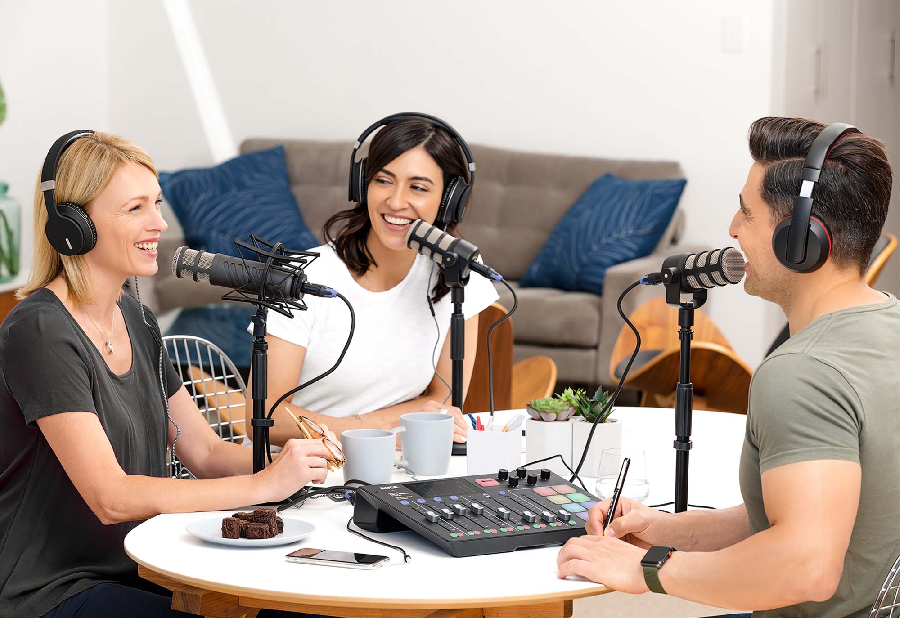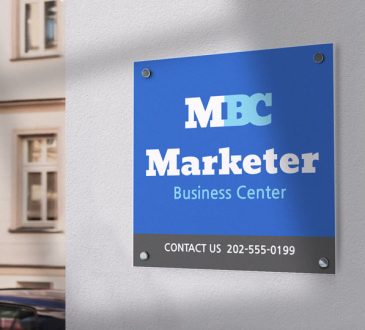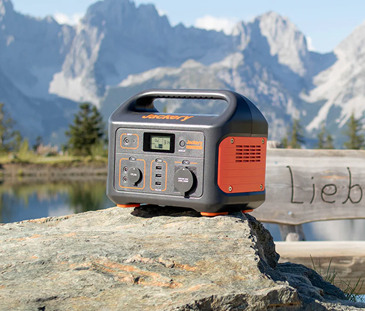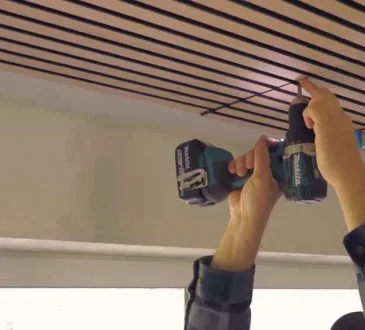
One of the best things about the Internet is that it gave people a platform to be heard. Anyone can publish their ideas in text, video, or audio. If you have the gift of gab, then perhaps podcasting is for you. It is possible to cover any topic under the sun. The most popular shows have millions of subscribers. Anyone can get started without spending much, although funds can certainly help with the initial push. Read on if you want to know how to setup a podcast studio:
Area Selection
You need to record in an area where you won’t be distracted by noise, pets, and other people. Find an area where you can isolate yourself as you work. Ideally, this would be somewhere far from the street so you won’t have to deal with car horns and motors. If all you have is your bedroom, then that’s fine. Many started out this way. Others choose their garage or garden shed. It is also possible to convert your basement or attic. Do whatever works for you.
Basic Equipment
Collect the basic equipment that you’ll need to record your podcast episodes. First among these is a quality microphone. It’s true that you can use the existing mic on your phone or laptop but these are prone to noise. You will have better results using a dedicated mic with either an XLR or USB connection. Check out online reviews to find good options within your budget. Use whatever headphones you have or upgrade to a better model with ample cushion, excellent noise reduction, and crisp sound reproduction. Buy a mixer to connect multiple inputs to your computer and control each of them.
Optional Accessories
Some items can make your recording studio more comfortable. You can record without them but you will probably want to add these as soon as you have more funds. For example, a boom arm for the microphone will make it easier to adjust height and distance from the speaker. It will also reduce noise pick-up from vibrations. Meanwhile, a pop filter will minimize popping sounds and acoustic foam tiles will prevent echoes. If you need to record while traveling, then you may want mobile solutions such as a portable recorder with built-in USB mic.
Editing Software
After the recording comes the editing. It is a good idea to clean up the audio by cutting parts with loud noises and other distractions. Some podcasters may want to add music or sound effects at certain points. A good intro and outro will make the podcast sound more professional. A few audio editing software are available free of charge. These have all the essential features to get going, and third-party plugins can expand their features. Premium editing tools have advanced features that come at a cost.
If this sounds too complicated or intimidating, then consider renting a full-featured podcast studio instead. Rental studios will get you started in a snap and give you the technical support you need for great results.
If you want to skip all this and rent a studio, check out https://www.realnewscn.com/host-your-own-show/ today.




